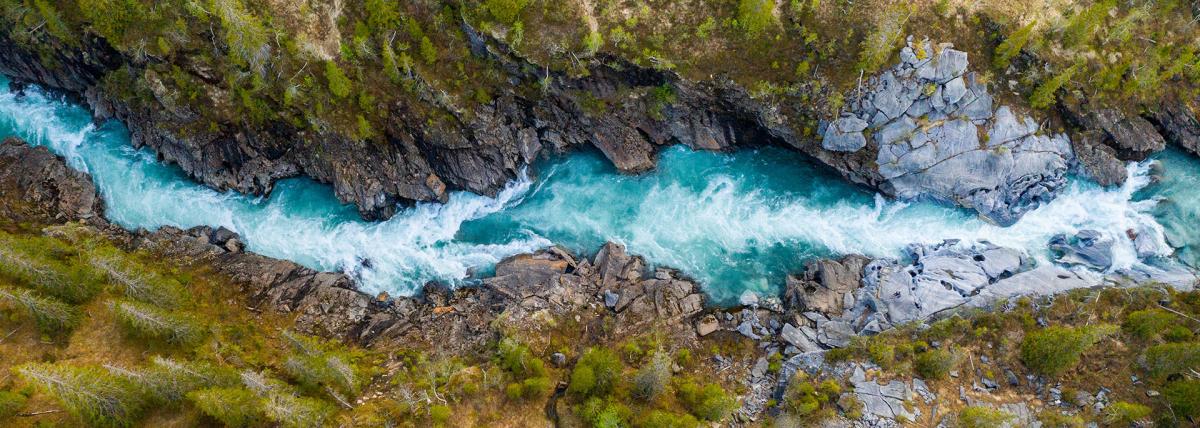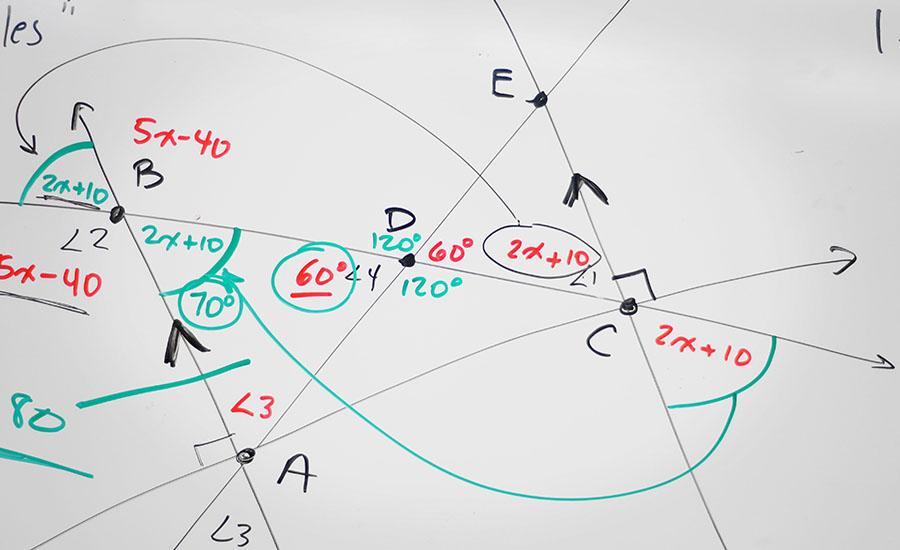The quintessential chemistry lab, Flame Test Lab! Students will use spectroscopes to identify the component photons of light that are emitted from Spectrum Tubes and Flame Tests. Students will learn
An investigation into the function and uses of solar panels in agriculture - Agrivoltaics. Exploring how to get the most efficient use of your solar panels for your gardens.
The lesson is primarily about building a Lego or any block tower with a good foundation. This can be done in a group of 5 - 7 students. In my case I am considering 7th and 8th grade class to perform
This set of lessons allows students to model the decay chains of radioactive isotopes and relate the mathematical patterns and scientific concepts together in a innovative and interactive way.
In this lab students will observe how five different ice cubes react while melting. Each ice cube is made of a different liquid (matter). They will then collect their data on length, height, and
Students will investigate the geological features of the Santa Catalinas. Specifically the phenomenon of Catalina Gneiss. Students will research the formation of the Tucson basin and Santa Catalinas
In the captivating lesson, "Dive into the World of Atoms," sixth-grade students embark on a journey into the microscopic realm to discover the fundamental building blocks of matter. The class kicks
Structured activities to support learning up Quantum Model as improvement over traditional "solar system" atomic model, or Bohr's atomic model. Students learn to relate Quantum numbers to describe
This lesson explores the concept of density. Students will observe a phenomenon involving floating and sinking. They will design their own investigations and they will learn how to use the density
Students will investigate the properties of different types of matter and apply the concept of "P1: Matter" to design, model, and 3D print an object using a MakerBot 3D printer. Hands-On STEM Design
In this engaging STEM lesson for 4th - 5th graders, students explore nanotechnology through hands-on activities, discussions, and a creative project. They learn about the tiny world of nanoscale
Students will learn about nanotechnology in medicine and the use of nanorobotics. In this hands-on STEM lesson, students create nanobot using simple materials like toothbrush heads, motors, and
In this engaging lesson, students use real-world data to explore criteria for air pollutants. If students continue to the next lesson in this series, they create data-based art to deepen and
This lesson provides context for the 6th grade physical science standards dealing with matter. It enables students to anchor their learning in real world issues as they combine data literacy and art

How do light rays reflect and refract? Does light travel at different speeds in different mediums? This lesson reviews how light waves can be reflected and refracted, and how light waves can change
What does polarized light mean? How can some light waves be blocked while other light waves are transmitted? This lesson plan explores the phenomenon of polarized light and how light waves interact
Featured Lesson Plans
Check out these notable lesson plans.

Students use Google Earth Timelapse to observe changes to glaciers over time before completing an investigation on the effects of melting sea ice and land ice on global sea level rise. This

This is the second lesson plan that goes with the series of four lesson plans for the book Song for a Whale by Lynne Kelly. This lesson focuses on vibrations, sounds, and music. The final project is

SNOW
This lesson includes literacy, math, and art about snowflakes. Within math, students will dive into an analysis of angles within a common snowflake. Students will listen to an informational text about


